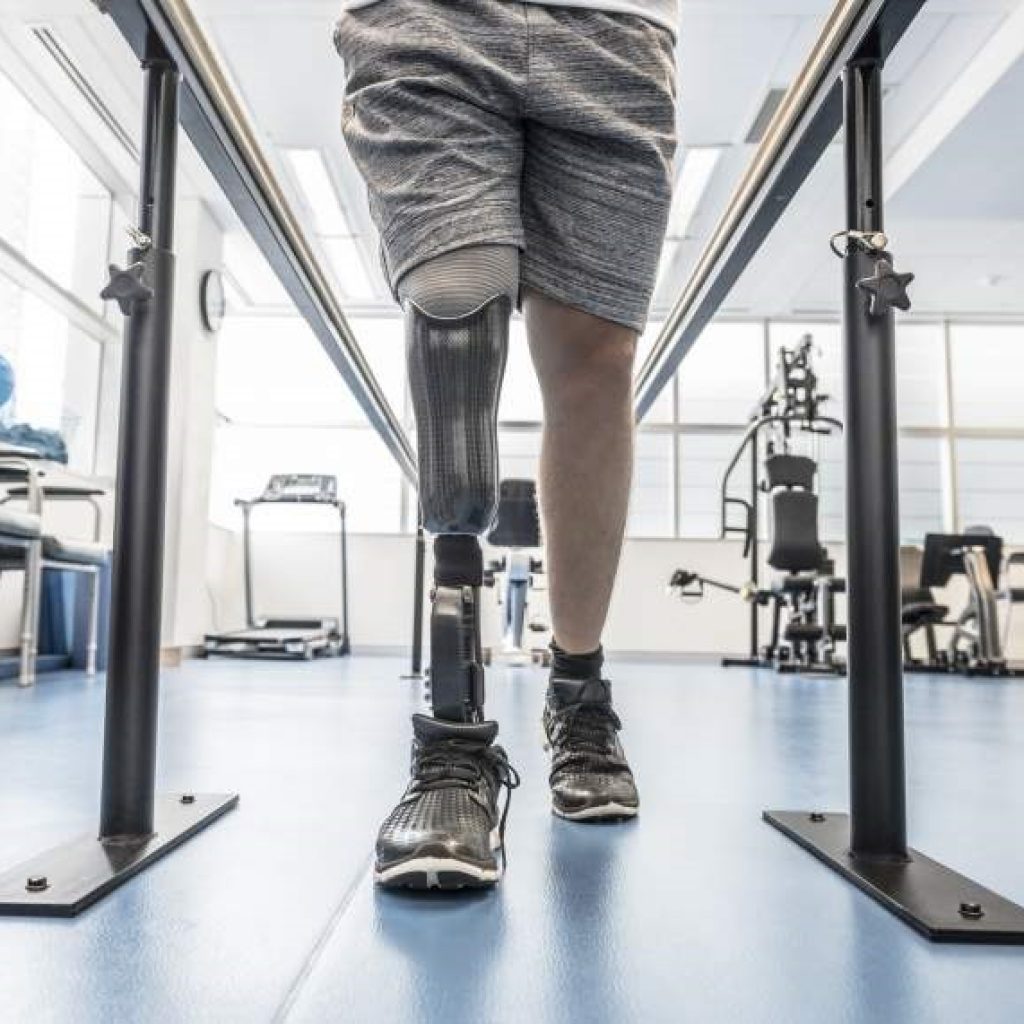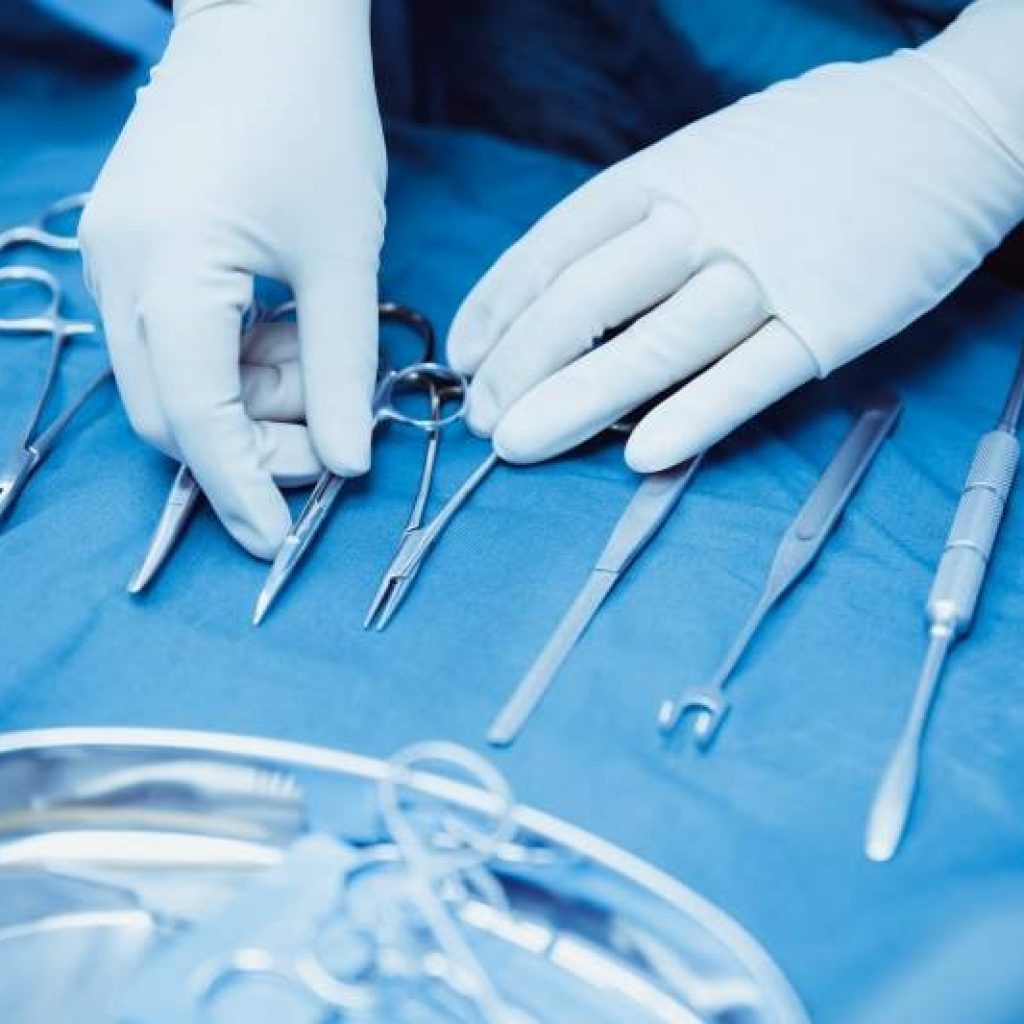3D Printing: A New Paradigm in Medical Device Manufacturing?
3D printing, developed in the 1980s, has quickly evolved and managed to insert itself in various industries owing to its versatility and impact on processes. The technology — which basically consists of taking a digitally modeled object and producing it in successive layers of the right material, transforming a plan into matter—has revolutionized the health industry, particularly medical device manufacturing, cutting manufacturing costs and with it the prices paid by patients. In this article we will tell you about some of the applications medicine has been able to implement, including new ways of replacing or helping existing biological structures.

Prostheses — the Best-Known Models
External prostheses of upper and lower limbs are the 3D models that most people know about. Yet there are other prostheses that have gained ground as replacements for titanium ones, such as jaw and hip implants. However, prostheses are neither the only nor the most innovative prints developed by medicine in recent years. Surgical tools, dental devices, pharmaceutical medicines, and medical equipment are all on the list.

More Tools for Surgeons
3D models have become the surgeon’s allies. The manufacture of parts tailored to patients’ specific needs, used during diagnosis prior to complex operations, have been of great use when it comes to providing greater clarity to the physician, and better safety to patients. This has led to a reduction in risks during the procedure and less time in the operating room by having information prior to the operation.
But in addition to cases in which doctors are working with actual patients, 3D printing has entered the realm of medical training, helping students and residents to carry out their practices in difficult or high-risk cases, performing procedures on the heart or brain — organs requiring a great deal of precision and care when it comes to their treatment.

Tissue Engineering: The 3D Revolution
Tissue engineering is the specialty that deals with developing tissues or organs in the laboratory as replacements or to treat diseases. Several studies have shown that 3D printing is capable of making tissues and skin. The technology consists of developing a digital model printed in layers with a mixture composed of biomaterials and live cells. The resulting printed structure, or model, goes through an incubation and cell-proliferation stage that will end up producing a new tissue.
Bioprinting is in the research and development stage in Latin America, and although there are several countries in which its application has begun to be implemented, Mexico is recognized as a knowledge producer in the field.
A Crucial Resource During a Pandemic
Recent projections from Market Research Future indicate that globally, the 3D printing market will grow from a value of US$13.6 billion in 2020 to reach US$35.3 billion by 2027, with a compound annual growth rate (CAGR) of 14.6% during this period. In addition, BCC Research forecasts that the global market for 3D printed medical devices will grow from US$1.7 billion in 2021 to US$4.9 billion by 2026, growing with a powerful CAGR of 24.5% during this period.
During COVID peaks, and thanks to previous developments, the health sector has seen a massive boost in production, and 3D printing—or additive technology—has presented itself as the fast solution for large-scale medical device production. Products such as nasal swabs, ventilator components, and personal protective equipment, which were in high demand at the beginning of the pandemic, were manufactured in record time and with the same functionality as those produced in traditional factories.
The advances that additive technology has brought with it are undeniable: greater speed, specificity, and lower costs. Whether we are facing a new paradigm of device manufacturing, only time will tell. What we can say is that 3D printing is going through a growth stage and, although there is a long way to go, various initiatives have now been generated, promoted by businesses, research centers, and governments to develop the industry and work on gaps in the law and knowledge to provide sustainable solutions.
The pandemic has given it a huge boost, and its speed of response, combined with its adaptability, have shown that it is a market with a great deal of potential in the health industry, which adds value and is complemented by the needs of today’s medicine.
Next Steps
Contact us to find out more how we can help you understand healthcare market shifts in Latin America via custom research or help you with opportunity benchmarking, competitive intelligence, market sizing and discovering sales opportunities through our databases, which feature key strategic data on Latin America’s medical equipment/devices market that companies can leverage to boost sales and strengthen strategic planning.





